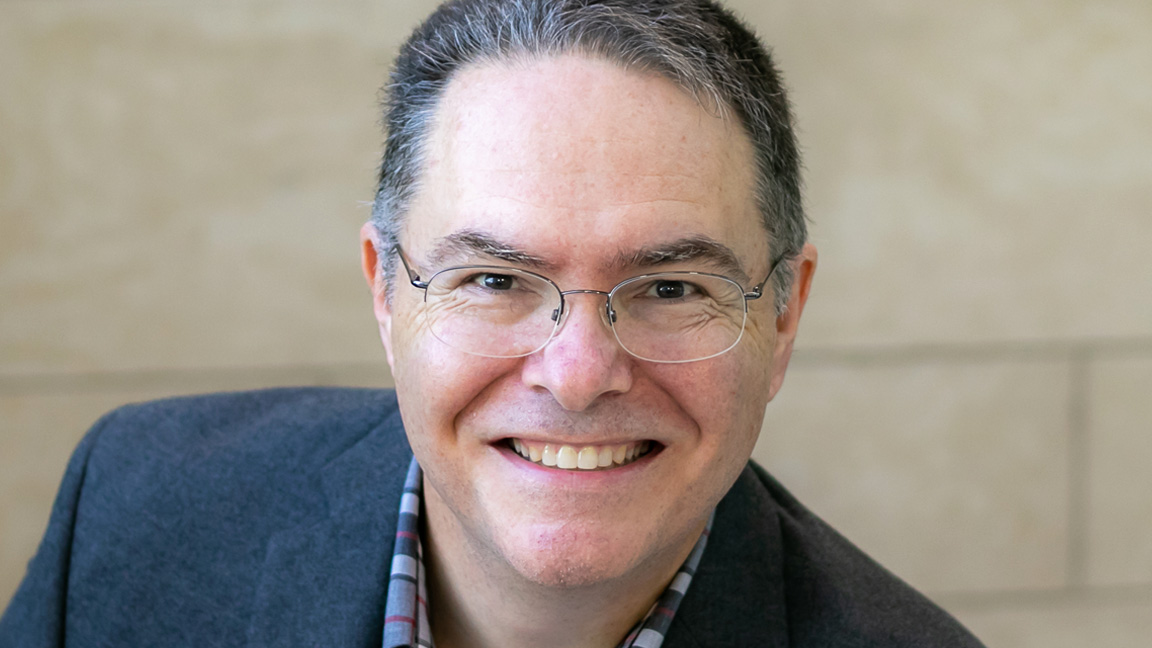If you're going to dream, dream big. When Christian Heil—who had earned his Ph.D. in theoretical physics and was working in research—saw Pink Floyd live, he decided he wanted to work with bands like them to improve the concert experience for audiences. In 1984, he channeled his love of live concerts, classical music, and Pink Floyd into an audio company. That company, which has since become known as L-Acoustics, is celebrating its 40th anniversary.
[SCN Hall of Fame 2025: Kirsten Nelson]
Since the company's early days, Heil was interested in how to optimize audio signals. When he was new to the industry, audio engineers were focused on the idea of sound as an electric signal from the mixing console to the amplifier to the speaker. With his background in physics, Heil was focused on the transmission of sound through the air. "That was the missing link of audio perception," he recalled.
Heil likens the behavior of sound waves to water ripples when throwing a handful of pebbles into a body of water. "When they are not organized in the right way, they conflict with each other," he explained. In contrast, if you enclose all those pebbles in one bag and drop it in the water, "then you see one big splash and the wave propagates from that."
That was the basic thought behind the implementation of line array—Heil's idea for designing loudspeakers that worked together. He presented the concept, Wavefront Sculpture Technology (WST), to the Audio Engineering Society (AES) in 1992. The technology was later incorporated into V-DOSC, a full-frequency line source array that became successful in France and later gained popularity across Europe and then the United States. "This is the innovation that we brought to the industry," said Heil, who credits audio engineers as being the best ambassadors for L-Acoustics.
But the innovations didn't stop there—L-Acoustics also introduced L-ISA immersive technology in 2015. The "hyperreal" sound system delivers an immersive experience for audiences. Heil had noticed that most sound systems were simple left-right setups, but only people located on the main axis between the left and right speakers (think center seats in the middle section) got the full experience. The problem, of course, is that most people at a concert are not aligned with that center sweet spot, so they only perceived the audio from one stack.
"With L-ISA, when you’re in the audience and perceive what you see on stage, what you see is what you hear," Heil explained. "I had the ambition to reproduce what an orchestra conductor perceives—and the conductor perceives space."
So, how do you make every seat in the house the best seat in the house? The L-ISA technology replaces the left-right stacks with multiple speakers, each with separate signals and audio processing to reproduce different performers and create a more immersive audio experience.
While Heil considers L-ISA to be the future of concert sound, he admitted that implementation requires careful planning, as the system's precise positioning needs to be coordinated with other production elements like lighting or video. However, L-ISA is being used successfully by a number of touring acts, including film composer Hans Zimmer, who used it in Resorts World Theatre in Las Vegas last September during his 2024 tour.
[SCN Hall of Fame 2025: Gordon Moore]
What's next for pro audio? Heil won't make a prediction, but he has another dream. While L-Acoustics and other brands in the industry will continue to "provide the best sound systems for the engineers and the audiences," he said there is an inherent limitation in quality because the "spaces in which we are invited to generate sound are not always the best quality." From stadiums to untreated rooms, these are challenges that cannot be overcome. In the future, Heil hopes sound quality will become a more important consideration for facility decision makers, so his solutions can deliver even better audio to audiences.
These days, Heil relies on two CEOs, Hervé Guillaume in Paris and Laurent Vaissié in Los Angeles, to run the day-to-day operations of L-Acoustics. But he remains involved in the company and is still very fond of both classical music and Pink Floyd. In fact, Pink Floyd lead guitarist David Gilmour is using L-Acoustics on his current tour, so big dreams really can come true.

